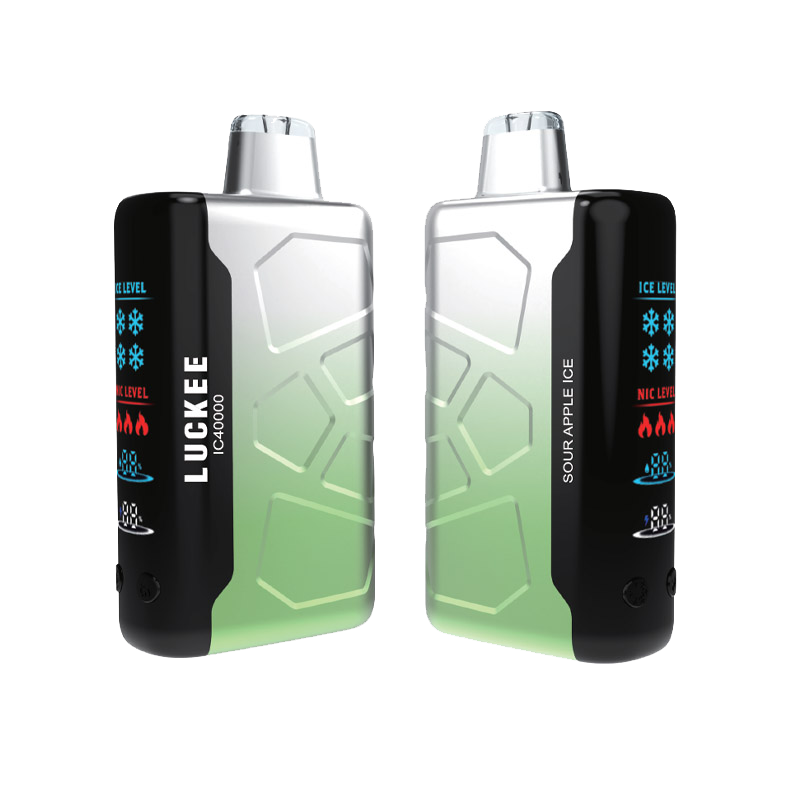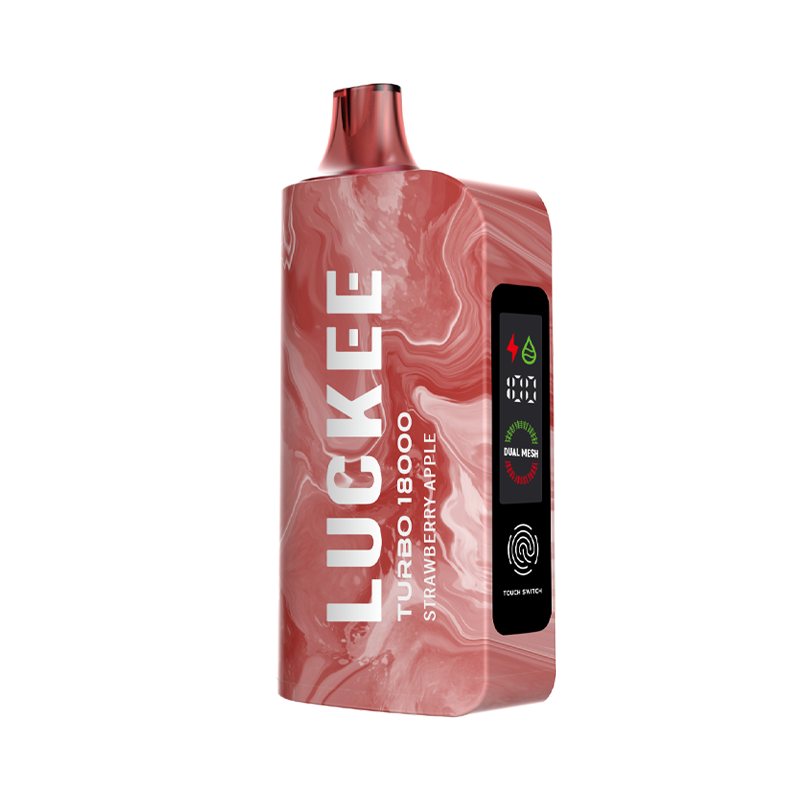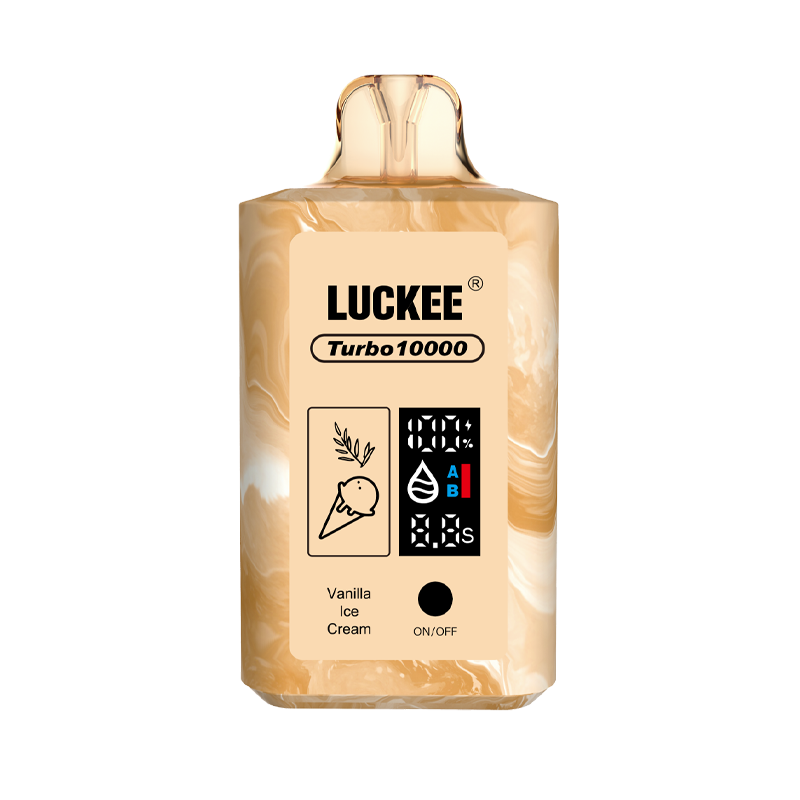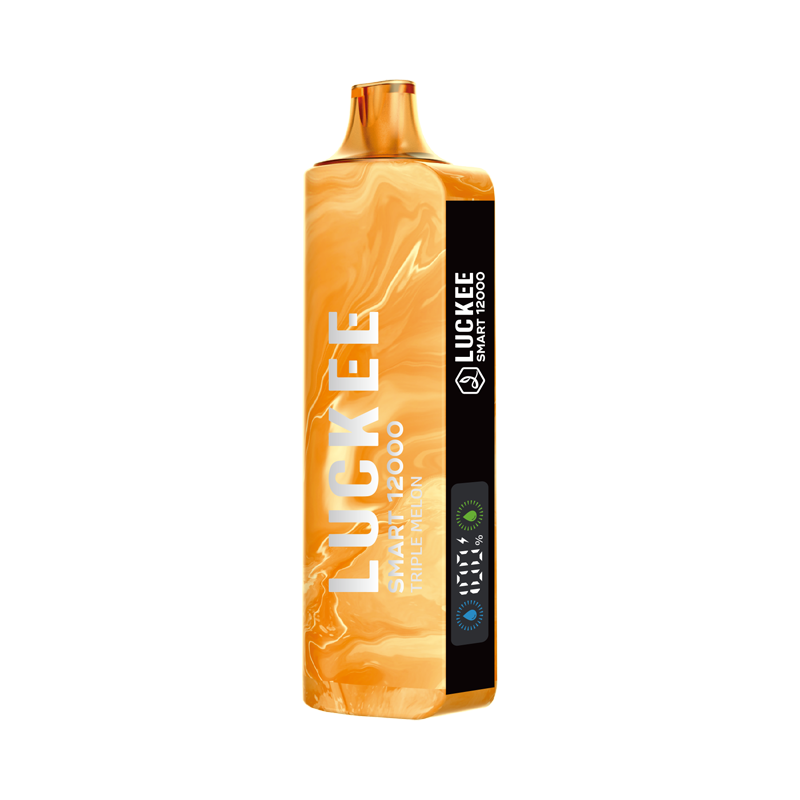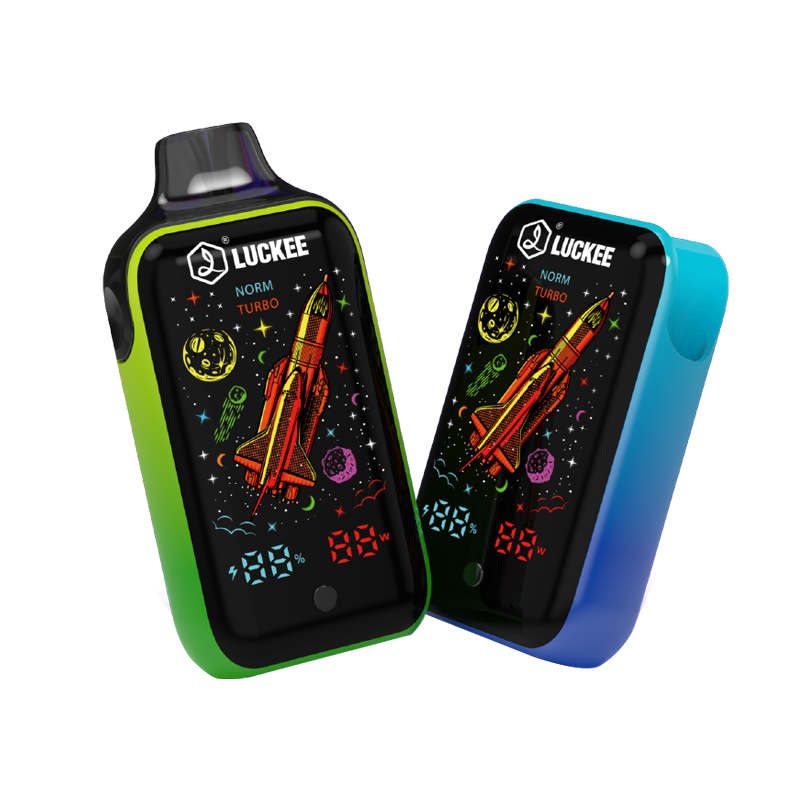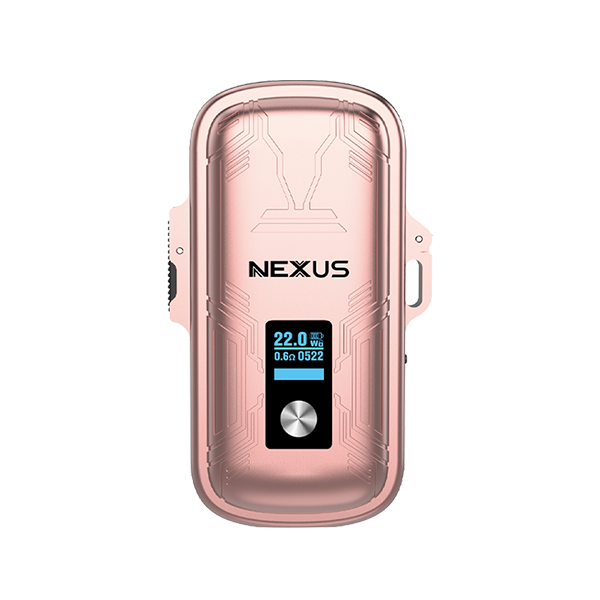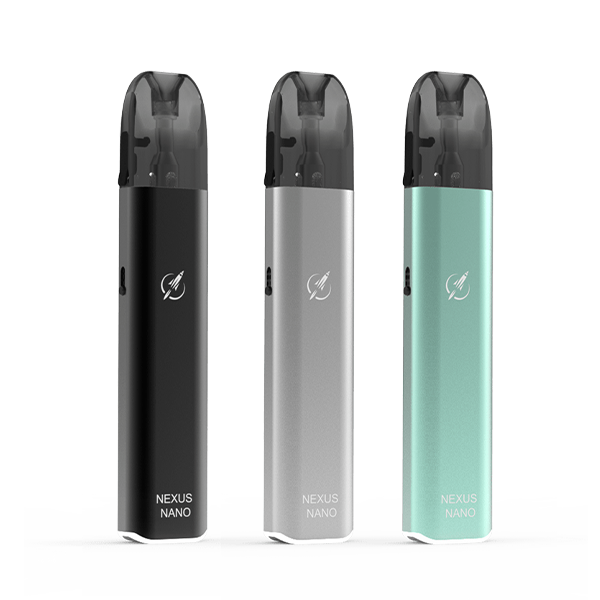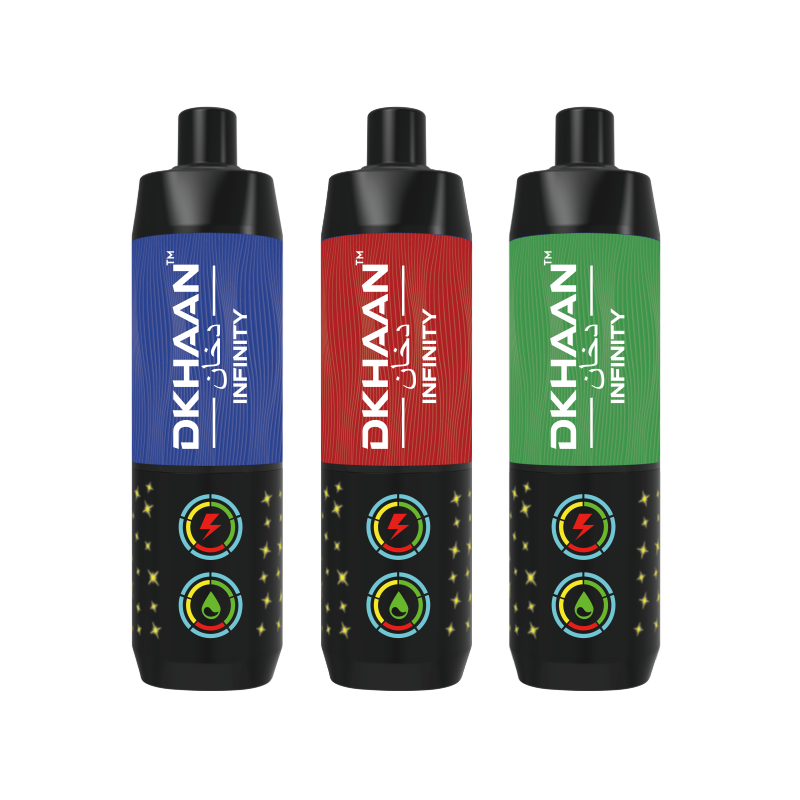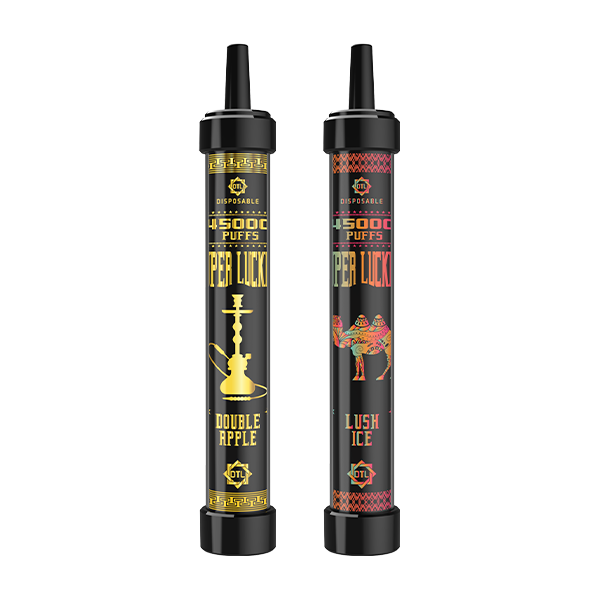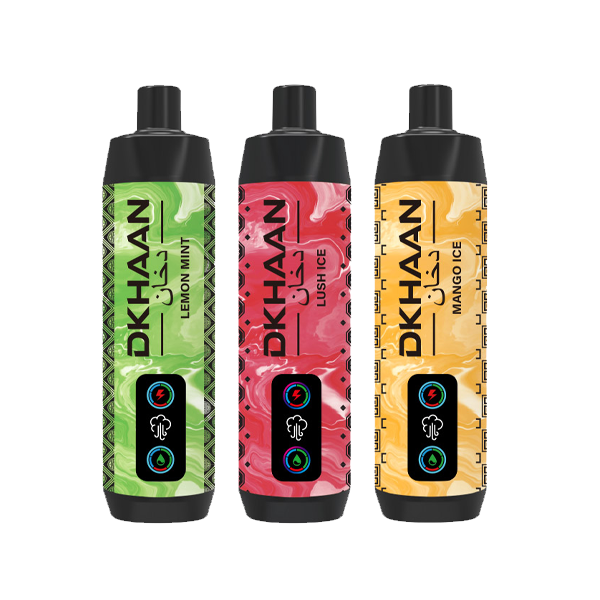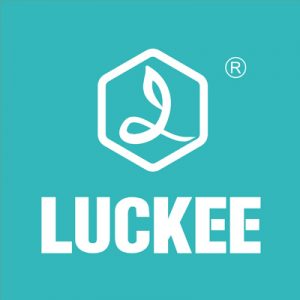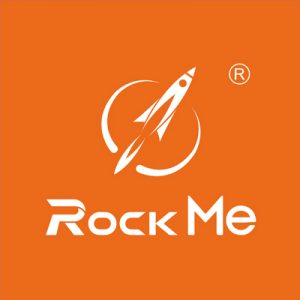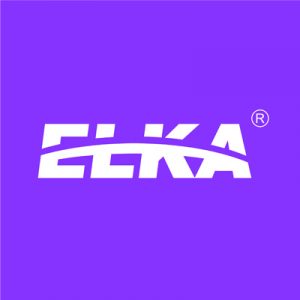A Guide to Vape Taxes: U.S. and International Trends
As vaping continues to rise in popularity, it has naturally caught the attention of governments looking for new sources of tax revenue. Since most vapor products are purchased by current or former smokers, authorities recognize that spending on e-cigarettes often means less money spent on traditional tobacco products. For decades, governments have relied on cigarette and tobacco sales as a significant source of income.
The debate over whether vaping devices and e-liquids should be taxed like tobacco is somewhat academic. In practice, officials see vaping as a substitute for smoking—and as cigarette sales decline, they look to recoup lost revenue through vape taxes. With vaping’s similarities to smoking, combined with ongoing public health debates, taxing vape products is an easy sell for many politicians, who often cite health concerns to justify these policies.
In the United States and around the world, proposals and legislation for vape-specific taxes are becoming more frequent. These taxes are often opposed by vaping advocates, industry groups, and consumers who support tobacco harm reduction, but they find backing from public health organizations, medical associations, and various disease-focused charities.
Why Do Governments Tax Vaping Products?
Excise taxes—special taxes applied to specific goods—are introduced for several reasons: raising revenue, influencing consumer behavior, or covering costs related to product use, such as healthcare or environmental impact. Alcohol and gasoline, for example, are often taxed to discourage overuse or fund related public expenses.
Tobacco products have long been heavily taxed due to their societal health costs. Supporters argue that these taxes help offset medical expenses and also discourage smoking. These are sometimes referred to as “sin taxes,” as they are intended to punish and prevent behaviors viewed as harmful.
However, as smoking rates fall and government budgets become reliant on tobacco tax income, authorities face a budget gap. Unless they find new sources of revenue—like vape taxes—they may be forced to cut spending. In many countries, cigarette taxes make up a substantial part of public funds and are levied in addition to ordinary sales or value-added tax.
How Are Vape Taxes Structured?
In the United States, most consumers already pay state (and sometimes local) sales taxes when purchasing vaping products, so governments benefit from these sales even before adding excise taxes. Sales taxes are usually calculated as a percentage of the product’s retail price. Many other countries use a similar system, called value-added tax (VAT).
Excise taxes on vaping products can be structured in various ways.
Retail excise taxes may apply to all vaping products (as in New York’s 20% tax), or just to e-liquids—sometimes only those containing nicotine.
Wholesale taxes are applied to distributors, based on a percentage of the wholesale price. While this tax is charged to wholesalers or retailers, it is almost always passed along to consumers as part of the final price.
Overall, vape taxes vary widely by jurisdiction and are often combined with regular sales taxes, making vaping products more expensive and providing a new stream of revenue for governments as cigarette sales continue to decline.

Vaping taxes in the United States
There is no federal tax on vaping products in the U.S. Bills have been introduced in Congress to tax vapes, but none has so far gained enough support to pass.
Vape taxes in U.S. states, territories and municipalities
Before 2019, nine states and the District of Columbia taxed vaping products. That number more than doubled in the first seven months of 2019, when the moral panic over JUUL and teenage vaping pushed legislators to do something to “stop the epidemic.”
As of early 2024, 31 U.S. states have a tax on vapor products, along with some cities and counties, and the District of Columbia and Puerto Rico.
Alaska
Alaska doesn’t have a state tax, but some municipalities have their own vape taxes:
- Juneau Borough, NW Arctic Borough and Petersburg Borough have identical 45% wholesale taxes on nicotine-containing products
- Anchorage Borough has a 55% wholesale tax
- Matanuska-Susitna Borough has a 55% wholesale tax
California
The California wholesale tax on “other tobacco products” is set yearly by the state Board of Equalization. It mirrors the percentage of all taxes assessed on cigarettes. Originally this amounted to 27% of the wholesale cost, but after Proposition 56 increased the tax on cigarettes from $0.87 to $2.87 a pack, the vape tax increased drastically. For the year beginning July 1, 2024, the tax is 52.92% of the wholesale cost for all nicotine-containing products.
On July 1, 2022, California added a retail tax to the existing wholesale tax—12.5% on all nicotine-containing vaping products, including those bought online from retailers in other states
Colorado
The current tax in Colorado is 56% of manufacturer’s list price on all nicotine-containing vapor products (including bottled e-liquids). The tax, approved by Colorado voters in 2020, launched in 2021 at 30%, escalated to 35% in 2022, then to 50% in 2023. It rose to 56% in 2024, and will increase to 62% in 2027. The tax is 50% lower for products given a Modified Risk (MRTP) designation by the FDA (but no manufacturer of a liquid-based vaping product has applied for an MRTP authorization)
Connecticut
The state has a two-tiered tax on nicotine-containing vape products: $0.40 per milliliter on e-liquid in closed-system products (pods, cartridges, disposables), and 10% wholesale on open-system products, including bottled e-liquids and devices
Delaware
A tax of $0.05 per milliliter on nicotine-containing e-liquid
District of Columbia
The nation’s capital classifies vapes as “other tobacco products,” and assesses a tax on the wholesale price based on a rate that is indexed to the wholesale price of cigarettes. The tax is currently set at 79% of wholesale cost for devices and nicotine-containing e-liquids
Georgia
A tax of $0.05 per milliliter on e-liquid in closed-system refills (pods, cartridges), and a 7% wholesale tax on open-system devices, bottled e-liquids, and disposables that can’t be refilled or reused. The taxes apply to products with and without nicotine
Hawaii
A 70% wholesale tax on all vaping products
Illinois
A 45% wholesale tax on nicotine-containing vaping products. In addition to the statewide tax, both Cook County and the city of Chicago (which is in Cook County) have their own vape taxes:
- Chicago assesses a $1.50 per unit tax on any vaping product containing nicotine (bottled e-liquids or prefilled devices) and a separate $1.20 per milliliter tax on the liquid itself. (Chicago vapers also must pay the $0.20 per mL Cook County tax)
- Cook County taxes products containing nicotine at a rate of $0.20 per milliliter
Indiana
A 15% tax on the retail gross on all vaping product sales, with or without nicotine; and a 15% wholesale tax on closed-system products like prefilled pod vapes (and refill pods and cartridges) and disposables
Kansas
A tax of $0.05 per milliliter on all e-liquid. The tax applies to products with and without nicotine
Kentucky
A 15% wholesale tax on bottled e-liquids and open-system devices, and a $1.50 per unit tax on prefilled pods and cartridges. The taxes apply to products with and without nicotine
Louisiana
A tax of $0.15 per milliliter on nicotine-containing e-liquid
Maine
A 43% wholesale tax on all vaping products. The tax applies to products with and without nicotine
Maryland
A 20% retail tax on open-system vaping products and bottled e-liquids, and a 60% tax on nicotine-containing e-liquid in containers with a capacity under 5 milliliters (pods, cartridges, disposables). In addition to the state tax:
- Montgomery County imposes a 30% wholesale tax on all vaping products, including devices sold without liquid
Massachusetts
A 75% wholesale tax on all vaping products. The tax applies to products with and without nicotine. The law requires consumers to produce proof that their vaping products have been taxed, or they are subject to seizure and a fine of $5,000 for the first offense, and $25,000 for additional offenses
Minnesota
In 2011 Minnesota became the first state to impose a tax on e-cigarettes. The tax was originally 70% of wholesale cost, but was increased in 2013 to 95% of wholesale on finished products that contain nicotine (cigalikes, pod vapes, bottled e-liquids) and are transported from out of state. However, for bottled e-liquids produced in Minnesota, only the nicotine itself is taxed
Nebraska
Nebraska has a two-tiered tax, depending on the size of the e-liquid container (or prefilled vape). For products containing less than 3 milliliters of e-liquid, the tax is $0.05/mL. For products containing 3 mL or more, there is a 10% wholesale tax. The tax applies only to products that contain nicotine. In addition to the state tax:
- Omaha includes vaping products in the city’s 3% tobacco tax
Nevada
A 30% wholesale tax on all vapor products. The tax applies to products with and without nicotine
New Hampshire
An 8% wholesale tax on open-system vaping products (including nicotine-containing e-liquids), and $0.30 per milliliter on closed-system products (pods, cartridges, disposables)
New Jersey
New Jersey taxes nicotine-containing e-liquid at $0.10 per milliliter in pod- and cartridge-based products, 10% of the retail price for bottled e-liquids, and 30% wholesale for devices. Beginning Aug. 1, 2025, the tax rate on e-liquid (in pods and bottled) will triple
New Mexico
New Mexico has a two-tiered e-liquid tax: 12.5% wholesale on bottled e-liquids, and $0.50 on each pod, cartridge, or cigalike with a capacity under 5 milliliters. The taxes apply to products with and without nicotine
New York
A 20% retail tax on all vapor products. The tax applies to products with and without nicotine
North Carolina
A tax of $0.05 per milliliter on nicotine-containing e-liquid
Ohio
A tax of $0.10 per milliliter on nicotine-containing e-liquid
Oregon
A 65% wholesale tax on all non-cannabis “inhalant delivery systems,”, including hardware and “components” (which includes bottled e-liquids). The tax also includes heated tobacco products (HTPs) like IQOS, but exempts all vaping products sold in licensed cannabis dispensaries. The tax applies to products with and without nicotine
Pennsylvania
A 40% wholesale tax on e-liquids and devices that are sold with e-liquid included. The tax applies to products with and without nicotine
Puerto Rico
A tax of $0.05 per milliliter on e-liquid, and a $3.00 per unit tax on e-cigarettes
Rhode Island
A 10% wholesale tax on open-system vape products and bottled e-liquids, and a $0.50 per milliliter tax on sealed devices sold with liquid included
Tennessee
A 10% wholesale tax on all vapor products
Utah
A 56% wholesale tax on bottled e-liquids and prefilled devices. The tax applies to products with and without nicotine
Vermont
A 92% wholesale tax on bottled e-liquids and devices. The tax applies to products with and without nicotine
Virginia
A tax of $0.11 per milliliter on nicotine-containing e-liquid
Washington State
Washington has a two-tiered tax: $0.27 per milliliter on e-juice in pods and cartridges smaller than 5 mL in size, and $0.09 per milliliter on liquid in containers larger than 5 mL. The taxes apply to products with and without nicotine
West Virginia
A tax of $0.075 per milliliter on all e-liquid. The tax applies to products with and without nicotine
Wisconsin
A tax of $0.05 per milliliter on e-liquid in closed-system products (pods, cartridges, disposables) only. The tax applies to products with and without nicotine
Wyoming
A 15% wholesale tax on all vaping devices and nicotine-containing e-liquids
Vape Taxes Across the Globe
Much like in the United States, lawmakers worldwide often see vapor products as a potential threat to cigarette tax income—and many respond by implementing high taxes on vaping. In many countries, there’s still a lack of understanding about e-cigarettes and their market, but the drop in tobacco sales is a clear motivator for governments to make up the difference with taxes on vape products.
Examples of International Vape Taxes
Albania: Nicotine e-liquid is taxed at 10 leke per milliliter.
Azerbaijan: The rate is 20 manats per liter on all e-liquids.
Bahrain: 100% tax on the pre-tax price for nicotine-containing e-liquid (about 50% of retail). Notably, vaping is technically banned here.
Belgium: All e-liquids are taxed at €0.15 per milliliter.
Bulgaria: The tax is 0.35 Bulgarian Leva per milliliter for nicotine e-liquids.
Canada: There is a federal tax of 1.12 Canadian dollars per 2ml (or part thereof) for the first 10ml, then $1.12 per each additional 10ml. Provincial taxes also apply in most provinces.
China: A wholesale tax structure: 36% on production/import, plus 11% on domestic wholesale.
Costa Rica: Imposes a 20% wholesale tax on all vape products and accessories.
Croatia: Has a tax on e-liquids, but currently set at zero.
Cyprus: Taxes all e-liquids at €0.12 per milliliter.
Czech Republic: Started taxing vape products in 2024 at 2.50 CZK per milliliter, increasing to 10 CZK/mL by 2027.
Denmark: E-liquids are taxed at DKK 2.00 per milliliter.
Ecuador: 150% wholesale tax on “other tobacco products,” including vapes.
Estonia: €0.20 per milliliter on all e-liquids.
Finland: €0.30 per milliliter on all e-liquids.
Georgia: 0.2 Georgian Lari per milliliter.
Germany: €0.26 per milliliter, set to rise to €0.32/mL in 2026.
Greece: €0.10 per milliliter.
Hungary: 20 forints per milliliter.
Indonesia: 10% tax on all vaping products.
Israel: Raised the e-liquid tax in 2024 to at least 10.04 NIS/mL, with another increase planned. Tax covers all e-liquids, including those in disposable vapes.
Italy: €0.08 per milliliter for nicotine e-liquids, €0.07 for zero-nicotine.
Jordan: 200% tax on the value of devices and nicotine e-liquid.
Kenya: 40% tax on devices; 70 shillings per milliliter on e-liquids.
Latvia: €0.01 per milliliter plus €0.005 per mg of nicotine.
Lithuania: €0.25 per milliliter.
Malaysia: 10% on devices; 40 sen per milliliter on e-liquid. The nicotine e-liquid tax is pending law changes.
Montenegro: €0.90 per milliliter.
North Macedonia: 0.2 Denar per milliliter, with scheduled increases.
Norway: 4.5 Krone per milliliter.
Paraguay: E-cigarettes are considered tobacco and taxed at 16%—though enforcement varies.
Philippines: As of 2023, 52 PHP per mL for nicotine salt e-liquids, 60 PHP per mL for freebase; to rise by 5% yearly from 2024.
Poland: 0.96 PLN per milliliter, increasing to 1.44 PLN in 2026. A separate PLN 40 tax on all disposable vapes.
Portugal: €0.323 per milliliter for nicotine e-liquids.
Romania: 0.52 Leu per milliliter, subject to inflation.
Russia: Disposable vapes taxed at 50 rubles each; 13 rubles/mL for nicotine e-liquid.
Saudi Arabia: 100% of pre-tax price for both e-liquid and devices (about 50% of retail).
Serbia: 4.32 Dinar per milliliter.
Slovakia: €0.20 per milliliter as of Feb 2025, rising to €0.30/mL in 2027.
Slovenia: €0.18 per milliliter for nicotine e-liquid.
South Africa: 3.04 rand per milliliter, rising to 3.18 rand in mid-2025.
South Korea: The first country to levy a national vape tax (2011). Four separate taxes on e-liquids add up to around 1,799 won ($1.60 US) per milliliter, with an additional waste tax on cartridges/pods.
Spain: Starting April 2025, a tax of €0.15–0.20 per milliliter, depending on product specifics.
Sweden: 2 SEK per milliliter up to 15mg/mL; 4 SEK/mL for 15–20mg/mL.
Togo: Up to 45% tax (likely on wholesale price).
Ukraine: 3 hryvnia per milliliter.
United Arab Emirates: 100% of pre-tax price (roughly 50% retail).
Uzbekistan: An excise tax of 500 so’m per milliliter, according to Global Tobacco Control (though details are scarce).
These rates are regularly reviewed and updated, so please share any corrections or new information if available!

